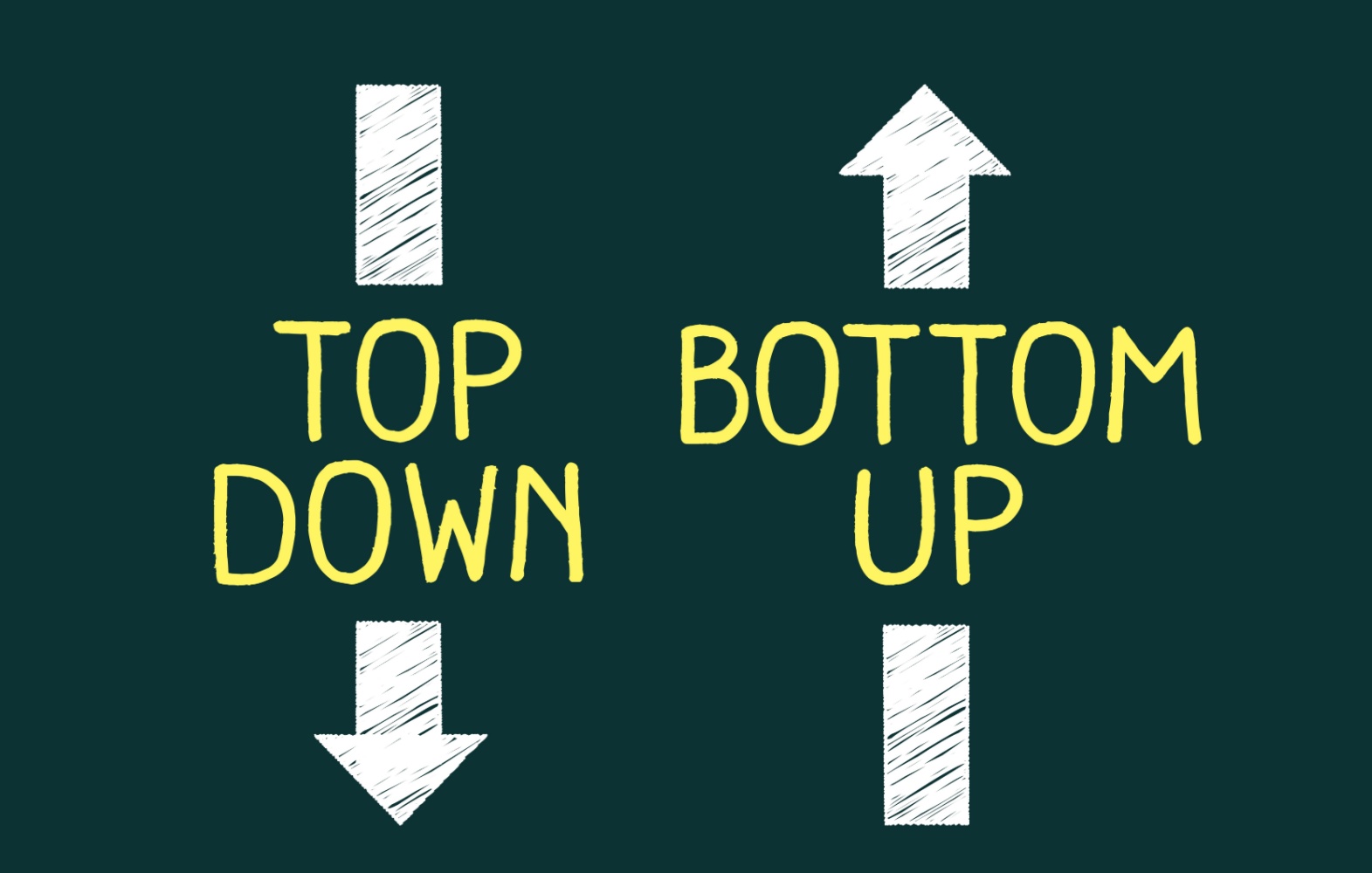
Energy democracy is a pursuit for the idealists among us, including me. It promises a world where communities and individuals govern the production of the power they use and share in any wealth it generates.
How do we get there? Proponents of energy democracy generally fall into three camps about the way forward.
The first group believes energy democracy can be achieved through technology – by installing local forms of energy, such as microgrids and rooftop or community solar, that allow energy ownership by households, businesses and communities. It’s a bottom-up approach.
The second camp favors a top-down strategy, democratizing energy at the institutional level. In its purest form, this approach supplants investor-owned utilities with forms of public power, such as municipal utilities or electric cooperatives.
The third camp would combine local energy and public power.
I’ve been in the first camp for a long time, believing that local energy technologies offer the quickest way to expand energy democracy, given their ease of installation and falling costs in recent years.
Energy democracy through public power
The other approach — instituting public power entities — is no longer easy. About 2,000 public power utilities exist in the US, but creating new ones is expensive and often litigious, mainly because of opposition from investor-owned utilities. Maine offers a good example. In 2023 an organized attempt to take over its investor-owned utilities failed at the ballot box after utilities invested more than $40 million campaigning against the referendum.
And creating a public power utility doesn’t guarantee energy democracy, as Sandeep Vaheesan, legal director at the Open Markets Institute, explains in an Energy Changemakers Podcast, “The Battle for the Grid: How the Public Can Regain Control of Electricity.”
Drawing from his new book, “Democracy in Power,” Vaheesan provides stories about publicly owned utilities that bent rules to impede democratic decision-making and the fair sharing of resources.
These stories, however, did not sour his view of public power but led him to consider how it should work ideally. His book provides a legal blueprint.
Good kick in the pants
Vaheesan says that public power can be leveraged to force better performance from private investor-owned utilities, or as he puts it, “Give them a good hard kick in the pants.
“This idea draws heavily from a speech Franklin Delano Roosevelt gave in Portland, Oregon in 1932,” Vaheesan says in the podcast. “One thing he makes very clear early in the speech is he does not support full nationalization of the power sector. He actually goes out of his way to say, ‘I believe private ownership should remain the rule. I believe in the potential of public service regulation.’”
Roosevelt called for “yardstick competition,” in which the public sector competes directly with the private sector, pressuring investor-owned utilities “to do better on rates, reliability, and other terms and conditions of service,” Vaheesan says. “In a sense, the private sector would always be looking over its shoulder and saying, ‘The public sector is coming for us. We need to keep up with them.’”
Grassroots frustration
Now may be the time for those who think Roosevelt’s vision could work. Vaheesan says we’re in a period likely to invigorate public interest in energy democracy.
“Millions of people are struggling to pay their monthly power bills. And there’s a common, and I believe correct, view that the rates and bills are too damn high,” he says. “There’s this real grassroots frustration with the utility status quo.”
This conversation made me think more deeply about the best road to energy democracy. I still believe it makes sense to begin by installing as much distributed energy as possible. But then what? The system will still need utility-scale assets. Who should manage them? Public utilities, private utilities, a combination of both, or some new kind of entity? What are your thoughts? Please listen to “The Battle for the Grid: How the Public Can Regain Control of Electricity” on Spotify, Apple or YouTube and post your comments below.
Also, check out the show notes to get a promo code for a $15 discount on Vaheesan’s new book: Democracy in Power.
Track our news and podcast by subscribing to the free Energy Changemakers Newsletter.

Leave a Reply